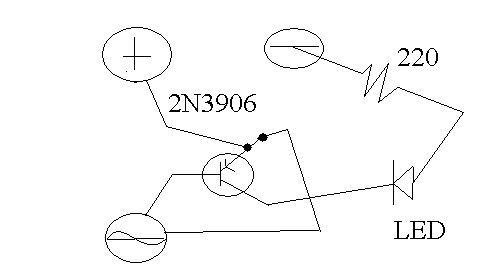help with a transistor circuit
i have been trying to create a circuit to make a couple LED lights flash to the "beat" of the music in my car, this idea was stemmed by this article on hackaday.
i managed to get it working with the headphone out on my PC but when i replace the headphone out with my car stereo nothing happens.
i hooked the circuit into the head amplified section of the speaker cable which is 50w max power, i also tried to take an amp and volt reading of the section it read like 32uA and .2V (which seems really low). Would a bigger transistor fix the problem, i don't want to go out and start buying things that i don't need and i am afraid i don't know quite enough about transistor's to know what i need. Is there any good site or book that can further explain transistors and what all the values on the back of the pack mean?
Thanks,
Mike
i managed to get it working with the headphone out on my PC but when i replace the headphone out with my car stereo nothing happens.
i hooked the circuit into the head amplified section of the speaker cable which is 50w max power, i also tried to take an amp and volt reading of the section it read like 32uA and .2V (which seems really low). Would a bigger transistor fix the problem, i don't want to go out and start buying things that i don't need and i am afraid i don't know quite enough about transistor's to know what i need. Is there any good site or book that can further explain transistors and what all the values on the back of the pack mean?
Thanks,
Mike



Comments
Usually you'll want a diode and capacitor to convert the time varying audio signal to a more slowly varying dc voltage. The dc voltage is then amplified somewhat like you've indicated to drive the LED. You'll probably want an NPN transistor (like 2N2222A or 2N3904) rather than the PNP transistor you're showing now. Since cars use a negative ground electrical system, this will work better.
Radio Shack also sells a VU meter IC with a 10 LED bar indicator. The IC comes with a circuit diagram and would probably work much better as an indicator of volume level than a simple diode/capacitor/transistor/LED.
You're not going to get a valid reading of the voltage and current on the speaker cable with a simple voltmeter since it would read the average voltage and current which is close to zero (as you've noticed). You would need a special meter that either reads AC or peak voltage and current.